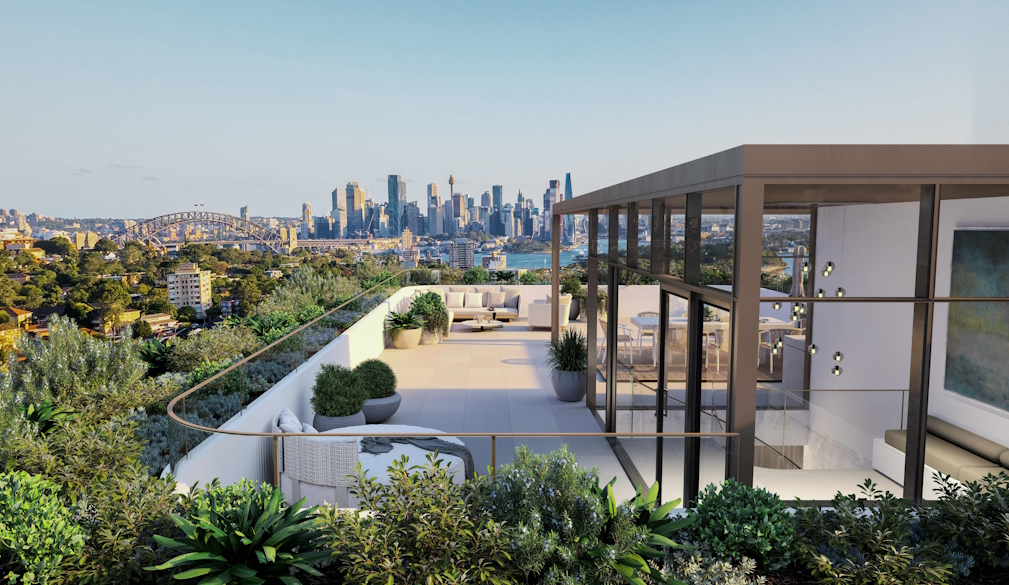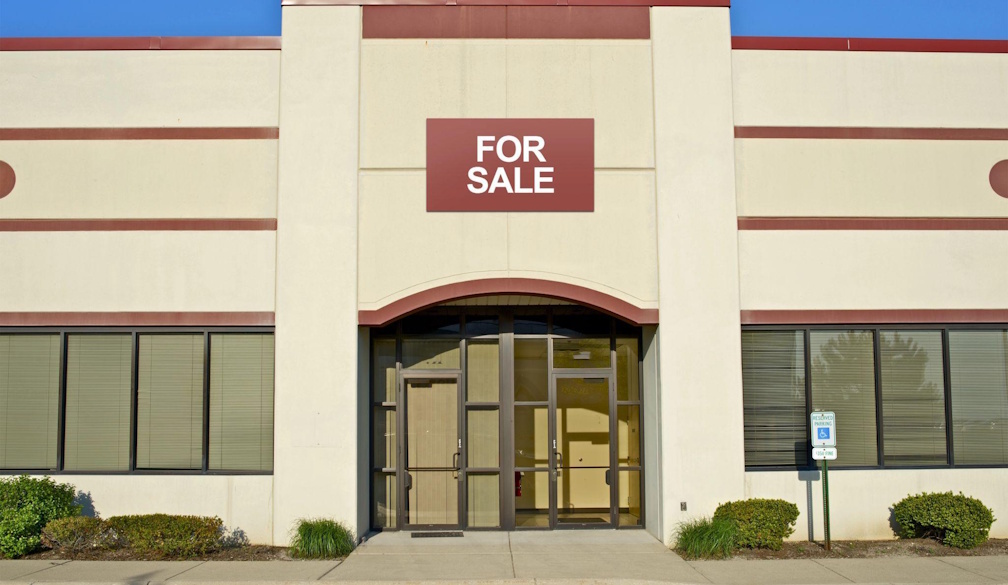What first time property investors need to know: insights to ensure you make the right move in 2025
- Written by Business Daily Media

There’s an adage in property that the best time to buy a property was five years ago. Given the logistical challenges of that advice, what are the critical things to know if you’re considering buying an investment property for the first time in 2025?
While some elements of property investment are inherently unpredictable, Reventon Property CEO Chris Christofi said there are some fundamentals people must understand to help reduce those risks.
“One key factor to consider is interest rates. The good news for property investors is that the next move on interest rates is almost certain to be a reduction - we just don’t know when that will happen,” Chris said.
“Interest rate fluctuations directly impact the affordability of mortgages, which in turn affects cash flow and overall returns.
“While interest rates are a highly visible expense connected with buying property - and are tax deductible for investment properties - there are a host of other expenses you need to allow for, including insurance, rates, stamp duty, legal fees, building inspections and ongoing property maintenance, all of which affect your borrowing capacity.
“And even though all these expenses are tax deductible, if they are not covered by your rental income, you will have to pay for them out of your own pocket.
“It’s also vital to understand the impact of property-related taxes, including capital gains tax (CGT), and land tax, along with stamp duty. There are also tax deductions like depreciation, and maintenance costs, which can improve your return on investment.
“That’s why expert advice is so important. Professional property advisors like Reventon can help you to choose the right type of property in a growing area that enjoys good amenities and transport links, so you can minimise your risk of buying something that costs you money and does not deliver capital growth.
“We can also provide advice on how to structure your finance to ensure you’re getting the most for your money.
“We analyse local market trends, including rental yield shifts, vacancy rates, and buyer sentiment, and can provide insights into where demand is strongest.
“Areas with a good infrastructure pipeline are also likely to deliver longer-term capital growth, because that investment provides better access to jobs, education and the services people need to enjoy a good lifestyle.
“Also consider suburbs with good schools, transport links, healthcare, and other amenities that attract long-term tenants. Locations with a strong "lifestyle" appeal, such as proximity to beaches, parks, or trendy cafes, can also attract higher-quality tenants.”











